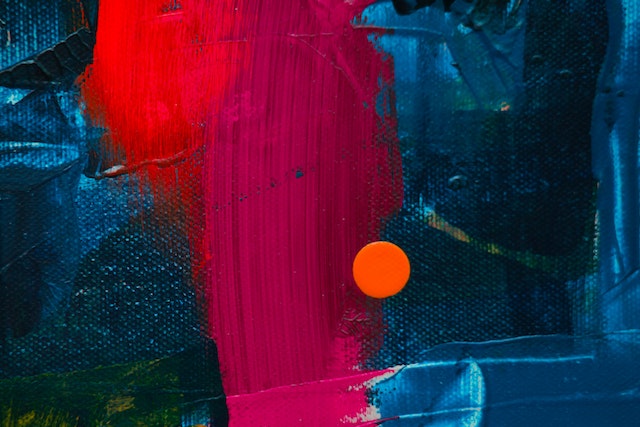Looking for a fun and unique approach to modernizing your arts and crafts? Just emboss! This easy approach gives any project texture, depth, and elegance. This blog post will teach you about embossing, how to get started, what materials work best, where to find professional tools, and plenty of creative ideas to inspire your next masterpiece. Embossing will boost your crafting skills!
Embossing types
Embossing gives crafts texture and character. Embossed styles vary.
One type of embossing is dry embossing, also known as relief embossing. This involves using an embossing folder and a die-cutting machine to create raised designs on paper or cardstock.
Heat embossing, on the other hand, uses heat to melt powder onto paper or other surfaces. This creates a shiny, raised effect that can be colored with markers or paints for added depth.
Another type of embossing is blind or debossed embossing. Unlike traditional raised design techniques, blind or debossed techniques push the material down rather than up. This creates an indentation in the surface which can add beautiful texture and subtlety to any project.
There’s wet-embossing which creates a beautiful 3D effect by combining ink and powders together while adding water drop effects giving you more creativity when it comes to designing your artwork!
Each type of embossing has its own unique look and feel – experiment with them all until you find the one that speaks best to your creative vision!
To emboss
Paper, leather, and cloth can be embossed. Simple embossing instructions:
1. Choose your material: Cardstock, vellum, and sheets of metal can be embossed.
2. Choose a style: Choose from pre-made embossing folders or detailed stamps.
3. Prepare your tools: The basic tools needed for embossing include an embossing machine, heat gun, powder applicator brush, and embossing powder.
4. Apply the ink: After selecting the design you want to use, apply ink onto it using a stamp pad or marker pen.
5. Add the powder: Sprinkle some embossing powder over the inked area evenly then tap off excess powder gently back into its container.
6. Heat it up: Use a heat gun to melt the powder and create a raised effect on your chosen material
By following these easy steps you can start creating beautiful and unique designs through the art of embossing!
What materials can be used for embossing?
Embossing is a great way to add texture and depth to your artwork, but it’s important to choose the right materials for the job. There are many types of embossing, including dry embossing, heat embossing, and relief printing. The materials you use will depend on the type of embossing you’re doing.
For dry embossing, you’ll need an embossing machine or stylus and a template. You can use a variety of paper weights for this technique – heavier papers will give you deeper impressions while lighter papers are better for more subtle effects.
Heat embossing requires special ink (embossing powder) that melts when heated with a heat gun or toaster oven. This technique works best on smooth surfaces like vellum and glossy cardstock.
Relief printing involves carving an image into linoleum or another material and then pressing it onto paper using ink. For this technique, you’ll need carving tools as well as ink rollers and brayers.
Other materials that can be used for all types of embossing include metal foils, fabrics, leather, wood veneers, and even food items like leaves or flowers! Experiment with different combinations until you find what works best for your project.
Find professional embossing tools
To get a good, long-lasting embossing, you need skilled tools. embossing tools range from small styluses to large electric machines. When looking for professional embossing tools, it’s important to consider your specific needs and budget. Heat gun dies, stamps, folders, and plates are popular. Each tool has its own advantages that can help you create distinct effects in your artwork.
One factor to keep in mind is quality – investing in high-quality tools will ensure a better outcome overall. Look for reputable brands with good reviews or ask fellow artists for recommendations. You may also want to try out different tools before committing to buying them so you can get a feel for what works best for you.
Don’t forget about maintenance and care – make sure you clean and store your tools properly after each use so they stay in top condition over time. With the right professional embossing tools at your disposal, there’s no limit to what kind of creative projects you can accomplish!
Creative ideas for embossing
Embossing is a versatile technique that can be used in so many creative ways. Here are some ideas to get you started:
1. Create unique wedding invitations or personalized stationery by embossing the names or monograms.
2. Emboss leather goods such as wallets, handbags, and belts to add texture and depth to the material.
3. Use embossed metal sheets for jewelry making or home decor projects like wall art or photo frames.
4. Make your own business cards stand out by adding an embossed logo or design element.
5. Personalize gifts like picture frames, keepsake boxes, and even glassware with an embossed message or design.
With these ideas in mind, it’s time to start exploring all of the possibilities that come with using embossing techniques in your next project!





